Growing Up Working at a Saint Paul Jewish Delicatessen
- Year
- 2025
- Volume
- 60
- Issue
- 3
- Creators
- Robin J. Doroshow
- Topics
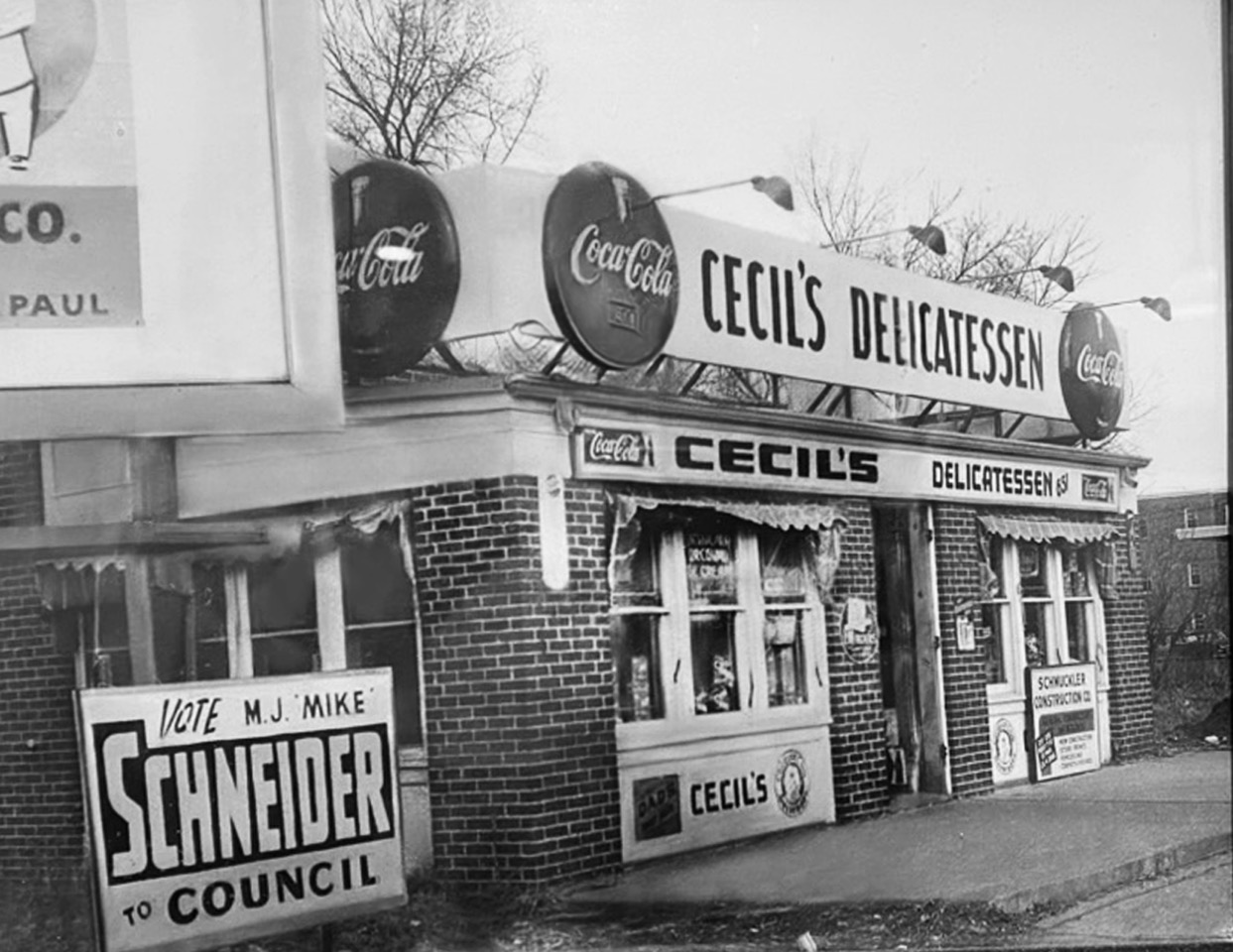 By Robin J. Doroshow
By Robin J. Doroshow
So, what exactly is a Jewish Delicatessen?
The word “delicatessen” itself means delicacy in German, but the image it evokes, when coupled with the descriptor, Jewish, is something more visceral: the smell of freshly baked bread, mounds of corned beef and pastrami piled high on caraway rye, half dills, full sours, pickled beets, and the list goes on.
Before we go too much further, let’s have a look at a bit of history: Jewish immigration to the United States began with a trickle back in the eighteenth century when Sephardic Jews (those who originated in the Iberian Peninsula, with some stopping for short or longer periods in South America or on various Caribbean islands following their hasty departure due to the Spanish Inquisition) made their way to the New World. This small group didn’t venture as far north as the Minnesota and Dakota Territories, but they were the earliest Jewish immigrants to the Americas. Their numbers never represented even one percent of the American population.1
A wave of German Jewish immigration to the United States peaked around 1850, and some German Jews came to the Upper Midwest. But it wasn’t until the Eastern European wave of Jewish immigration, which began around 1880, that large numbers of Jews settled in this area.2
Many Jews landed and stayed in New York, helping to make the Lower East Side of the city among the most densely populated places on the planet.3 It was at this time that the Jewish delicatessen became a thing, and it is believed that there were hundreds in that city during the first decade of the twentieth century.4
While many Jews remained in New York City and the East Coast more generally, others did move west into the interior of the country, and Minnesota became home to many Eastern European Jewish immigrants. The Jewish deli followed and at one time, there were multiple Jewish delis from which to choose in both St. Paul and Minneapolis.5
Originally most, if not all, Jewish delis were kosher, meaning that they abided by the biblical rules surrounding the slaughtering of animals for meat and other food-related prohibitions.6
Over the years, some Jewish delis followed these laws strictly, while others became less strict. Some maintained separate meat slicers for kosher meat and non-kosher meat. Some became “kosher-style” meaning that the dishes were reminiscent of original deli food but were not in compliance with strict kosher rules.7
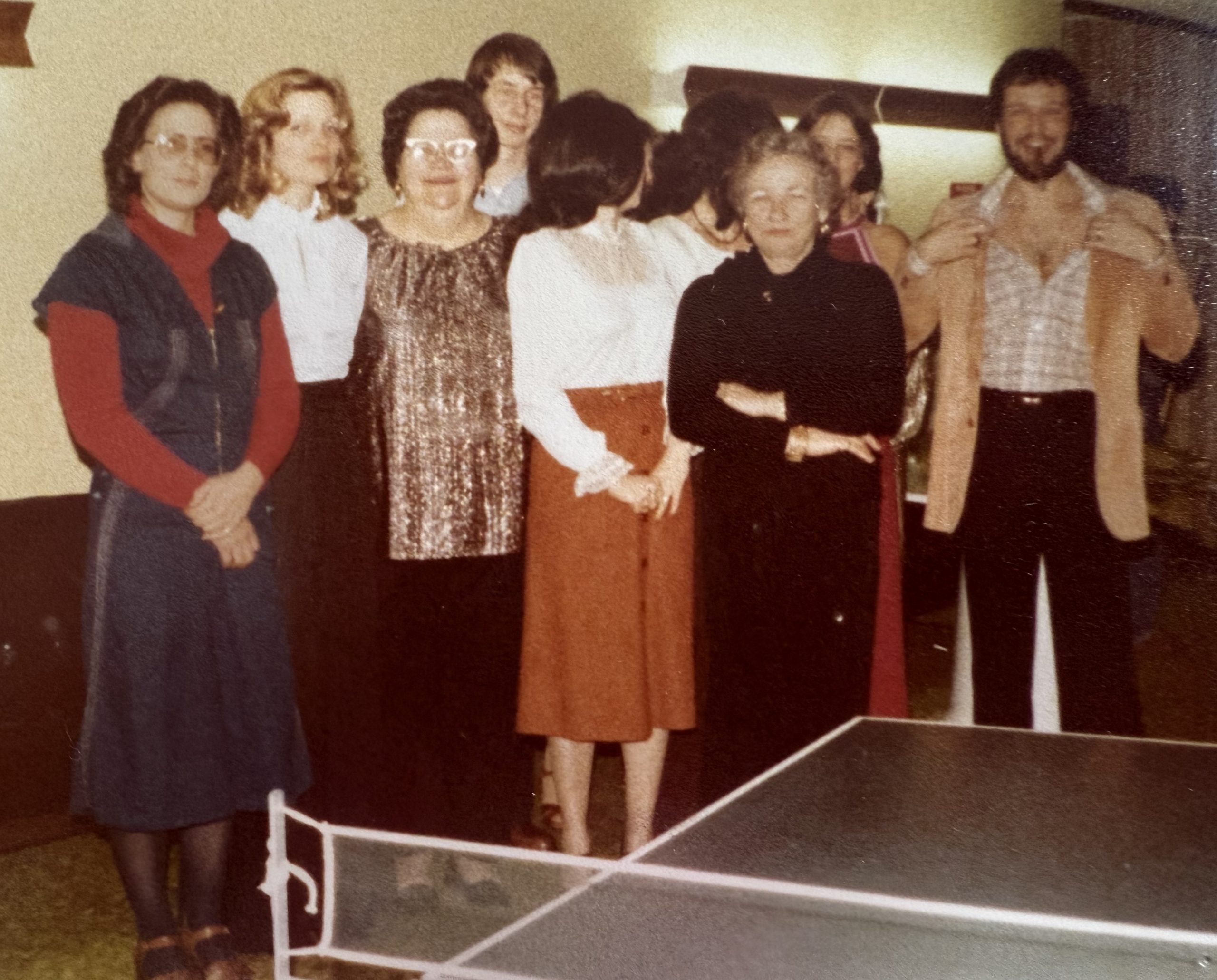
Oral History
With this background information, I’d like to turn now to one individual, Rick Dorshow, who spent four years of his youth working at Cecil’s Delicatessen in the Highland Park neighborhood of St. Paul. Cecil’s Deli was first opened in 1949 by the husband and wife Cecil and Faye Glickman and remains a staple of St. Paul’s Highland Park neighborhood at 651 Cleveland Avenue South to this day.
First, Rick is my cousin; and secondly, we spell our last names differently—it’s not a typo. With that out of the way, please meet Rick, who now lives and works in St. Louis, Missouri. Rick worked at Cecil’s from 1970 until 1974 during his last two years of high school at Highland Park Senior High School and his first two years of college at the University of Minnesota.
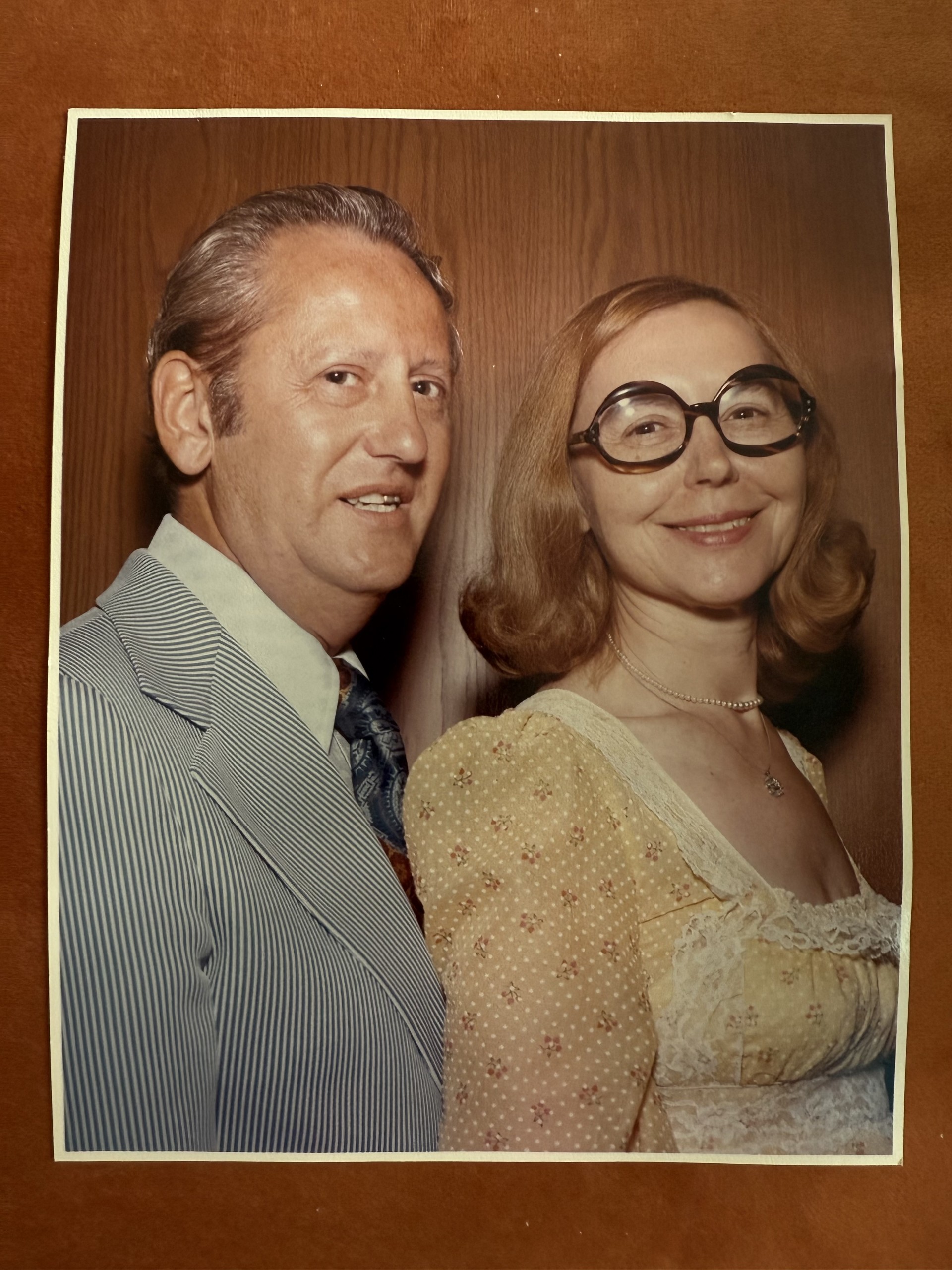
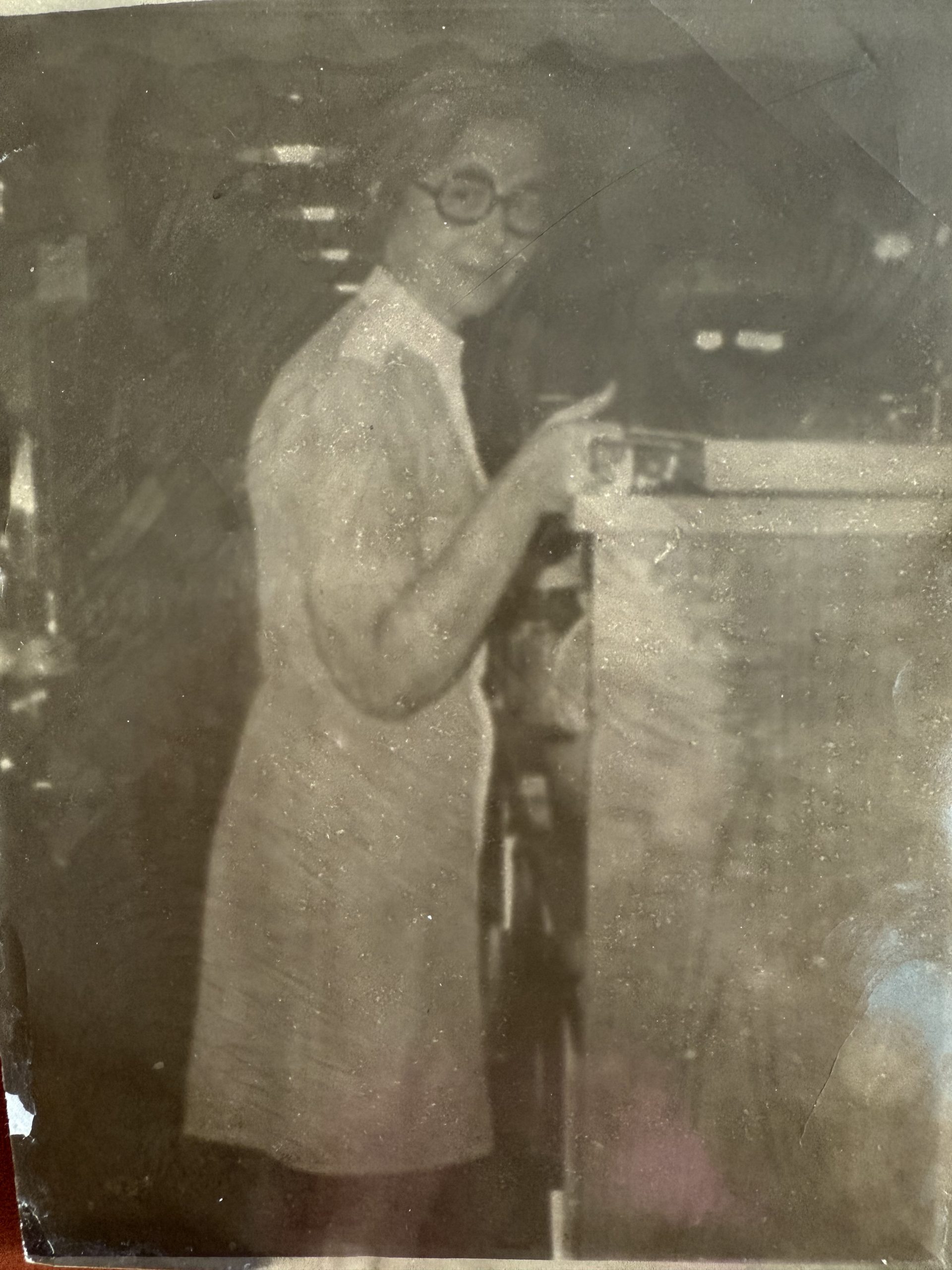
The following interview has been edited for length and clarity.
- How did you decide you wanted to work at Cecil’s?
Rick Dorshow: My Dad knew Cecil and asked if he needed help when I was in high school. I don’t think I had an interview, just was told to show up one day and start working.
- What job did you receive?
Rick: I started out as the dishwasher for the restaurant portion of the deli. Cecil’s wife, Faye, oversaw the restaurant and strove to have her employees deliver the optimum service. Faye most likely showed me the dishwasher tasks and equipment. I recall it being pretty warm in the little dishwashing room, and the dishwasher machine was at the end of a horizontal counter that had a sink and disposal at the front end.
- Was that your position for the entire time that you worked at Cecil’s?
Rick: No, I think I did that for one summer and then was “promoted” to being a baker assistant. The baker assistant job was to help whoever was the baker that day, usually Cecil or David (Leventhal, Cecil’s son-in-law). I would show up at 6:30 a.m. I think, and we would get the refrigerated bagels and bread (already formed and delivered from Baldinger the day before)8 out of the cooler. I remember then dipping the bagels in a vat of water and placing them on an oven tray. The bagels and bread were loaded into a giant oven with several rotating shelves. Once baked, these goods were taken out of the oven and put on racks to cool before being brought up to the deli counter for sale. We did more than one baking in the morning.
At some subsequent time, I was promoted once again to the deli counter. I worked with Cecil Glickman at the counter, and worked with Cecil luminaries such as Mike Bernath, Fast Eddie Brody, and Cecil’s son-in-law David Leventhal, who eventually took over the deli. I also worked with Morris Lifson, Todd Lifson’s grandfather. He was known as “Big Mo,” I think for his kind reputation as he was a normal sized guy. I remember being at the deli when Morris said, “Ricky, I don’t feel well.” Turns out he was having a heart attack; his son took him to the hospital. Morris survived that but never worked again at Cecil’s. Interestingly, Todd Lifson worked at Cecil’s years after me.
- And you eventually ended up with a management position, right?
Rick: After another year, I was promoted to Monday night manager. The restaurant portion was closed on Mondays, so after 5 p.m. it was just the manager (me) and one other counter help person. Rick Brody and Doug Watchman were often my Monday night help. I would come from school and do the Monday night shift as manager. I think I would do another night shift during the week and then on the weekends.
- Do you have memories of particular customers or experiences you had while on the job?
Rick: I remember Wally Hilgenberg and Roy Winston of the Minnesota Vikings came into Cecil’s on a Monday, a day after losing to the Detroit Lions. They said they would do better next week.
I remember waiting on a very nice elderly lady, Mrs. Rutman. I was later informed she was Bob Dylan’s mother. Her husband often came into the store on Monday nights, telling me he was a friend of Cecil and asking to have some Kosher meat stored in the cooler. I don’t think I ever said “no.”
Marty O’Neil, the wrestling announcer for Vern Gagne’s American Wrestling Association (AWA), would come in quite often and get a pint of potato salad and a pint of coleslaw.
- Were all your colleagues Jewish?
Rick: I think at the time I worked there, everyone was Jewish.
- Can you share some thoughts on the job itself? Your favorite and least favorite parts of the job?
Rick: I had an easy integration to the deli counter, as I already was intimately familiar with corned beef, big fat kosher hot dogs, potato salad, and various rye breads. I did love the smell of corned beef while slicing it. I did have a feeling of accomplishment when an entire order was assembled. That still rings true to this day, the striving to complete a multi-pronged task (such as getting a product through to FDA approval). I absolutely hated having to deal with the smoked fish and herring and would always try to get someone else to retrieve those items.
- How did you end up with your nickname, “Rick the Rook”?
Rick: When I started on the counter, there had not been a “new” person trained in for a long time. There was Cecil, there was David, there was Fast Eddie, there was Big Mo, and there was an even older fellow than Mo named Hymie. Hence Fast Eddie called me “Rick the Rook” and that stuck for the entire time I was there (even though many came after me while I was there).
- Do you have other specific memories to share?
Rick: There was one regular who came in and always got a “plain rye.” He was obviously from the old country, so we decided he thought caraway seed rye bread was an American abomination.
There was an older gentleman who would always want the bread sliced using the regular width slicer as opposed to the thin width slicer. He pronounced the word “regular” as we imagined Dracula would say it as in “I want to suck your blood regular.” What can I say, teenagers . . .
- When you left the employ of Cecil’s in 1974, did you move on to another job or what did you do?
Rick: In the summer of 1974 I got a part-time job on campus doing some scientific research in the Space Science Center with one of my physics professors. I had to wind down the Cecil time and eventually wound down to zero.
- Post-Cecil’s, where did your life journey take you?
Rick: After college graduation, I went off to graduate school in California, chosen because it was warm. I earned a PhD in physics and my first professional job was in Cleveland with an oil company. Fortunately, I was able to attend Twins and Vikings games when they came to Cleveland to play. Then I took a job with a pharmaceutical/device company in St. Louis. Finally, I had the opportunity to convert the research I was doing into its own company and have been extremely happy that I did this.
- Can you share some life lessons that you learned during the four years you worked at Cecil’s?
Rick: Finish what you start. You could not stop filling the dairy case with perishable products until the job was done. I have always translated that into my work and home life. Be kind to people who are obviously not as fortunate as you are.
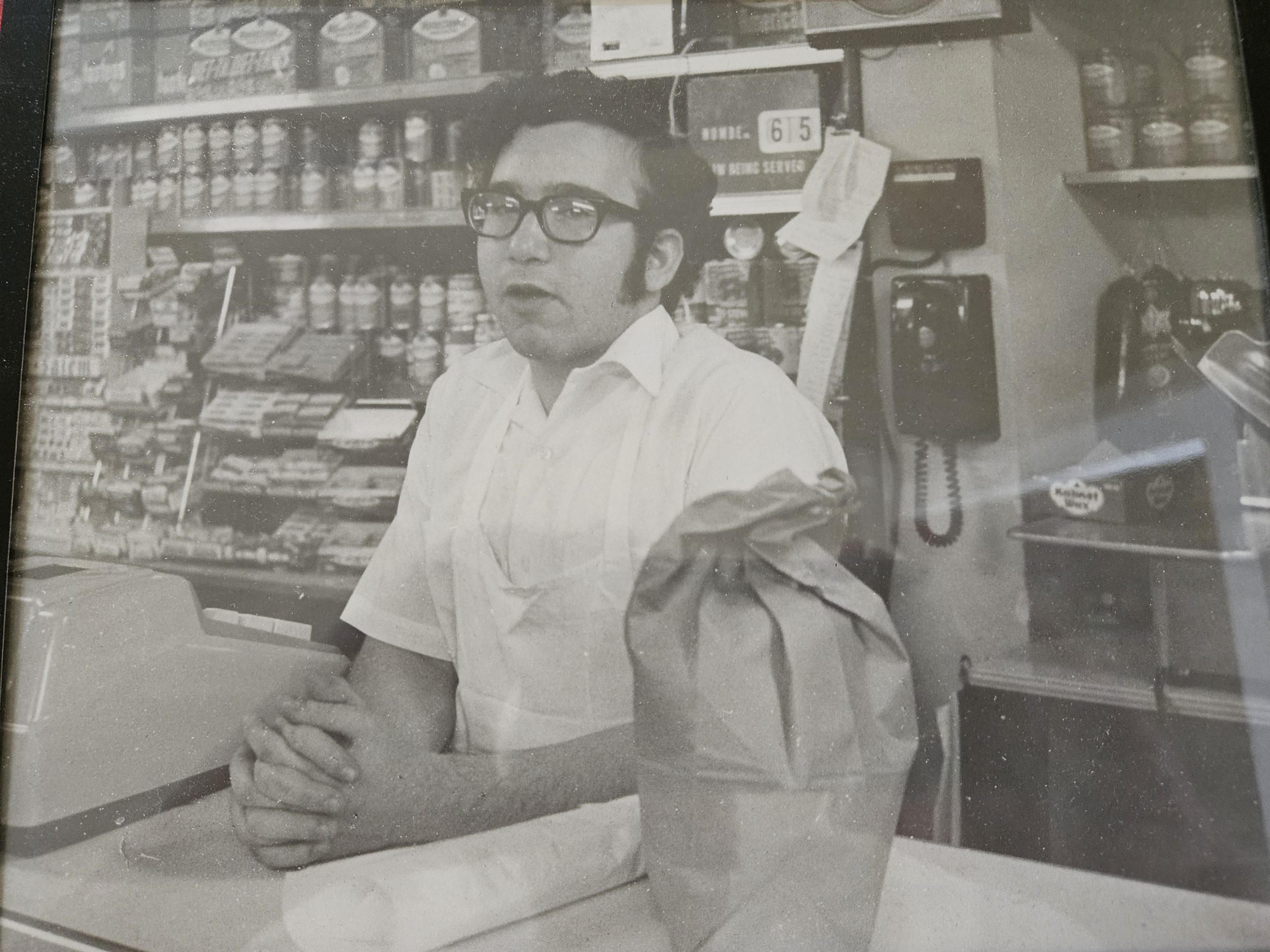
- Do you have any advice you would give to your younger self?
Rick: Be kinder than you were back then and be more tolerant of others. This I have developed over the years . . .
In Reflection
As children of cousins, Rick and I grew up as part of the Dorshow/Doroshow family cousins’ club, where our parents, and other cousins and their spouses, met in one another’s homes monthly. In addition to their regular meetings to socialize, we, the children, were beneficiaries of a close relationship, having events and occasional family vacations together. Now as adults with children of our own, we no longer have this organized group, but when we do connect, it is really like no time has passed since we last spoke. So, thank you to my cousin, Rick, for allowing me to ask these questions and for sharing these experiences with me and with the readers of this publication.
Our common Doroshow great-grandparents, and our respective Doroshow/Dorshow grandparents (all of whom were immigrants) were examples of the trajectory of Eastern European Jewish immigration to the United States between 1880 and the early 1920s. In 1924, Jews, along with other groups such as Southern Italians, were no longer allowed to immigrate to the United States due to the passage of a national immigration law. This law, the Johnson-Reed Act, also known as the Immigration Act of 1924, was a result of widespread xenophobia, culminating in discrimination against Eastern and Southern Europeans in favor of immigrants from Northern and Western Europe. Sometimes it seems that history repeats itself.
Jewish delis have been referred to by historians as third places—spaces outside homes, schools and workplaces that offer a sense of connectedness and belonging.9 I am old enough to remember that feeling of belonging in several Jewish delis in the Twin Cities, most of them long shuttered. But Cecil’s in Highland Park remains, and I return for that feeling of connection, and the pastrami.
Robin J. Doroshow lives in Golden Valley with her family. All four of her grandparents and four of her great-grandparents were Third Wave Jewish immigrants from Eastern Europe, all of whom settled in St. Paul, Minnesota. She has been executive director of the Jewish Historical Society of the Upper Midwest since December of 2016, and currently sits on the board of directors of the Council of American Jewish Museums.
NOTES
- Jonathan D. Sarna and Jonathan Golden, “The American Jewish Experience through the Nineteenth Century: Immigration and Acculturation,” Brandeis University National Humanities Center, revised October 2000, https://nationalhumanitiescenter.org/tserve/nineteen/nkeyinfo/judaism.htm.
- Laura Weber, “From Exclusion to Integration: The Story of Jews in Minnesota,” MNOpedia, revised April 16, 2025, https://www.mnopedia.org/exclusion-integration-story-jews-minnesota.
- Eric Ferrara, “How Crowded Was the Lower East Side?,” Lower East Side History Project, December 4, 2011, https://www.leshp.org/blog/how-crowded-was-the-lower-east-side.
- Ilana Fish, “How Jewish delis shaped American food culture,” Unpacked, March 24, 2025, https://unpacked.media/how-jewish-delis-shaped-american-food-culture.
- Laura Weber, “From Exclusion to Integration: The Story of Jews in Minnesota.” Jewish Historical Society of the Upper Midwest, DELIcious: A Forshpayz, written and produced by Dale Bluestein, published online in 2023, https://www.jhsum.org/copy-of-video-library-1.
- “Kashrut: Jewish Dietary Laws,” Blood, Gender and Power in Christianity and Judaism Project, Religion 91 and 491 Seminars at Kenyon College, accessed August 1, 2025, https://www2.kenyon.edu/Depts/Religion/Projects/Reln91/Blood/Judaism/kashrut/kashrut.htm.
- Multiple oral history interviews conducted by the author, 2018-2023.
- Baldinger Bakery was another Jewish-owned business, founded in 1888 and most recently located at 1256 Phalen Parkway in St. Paul.
- Ted Merwin, Pastrami on Rye: An Overstuffed History of the Jewish Deli (New York University Press, 2015).
- Year
- 2025
- Volume
- 60
- Issue
- 3
- Creators
- Robin J. Doroshow
- Topics